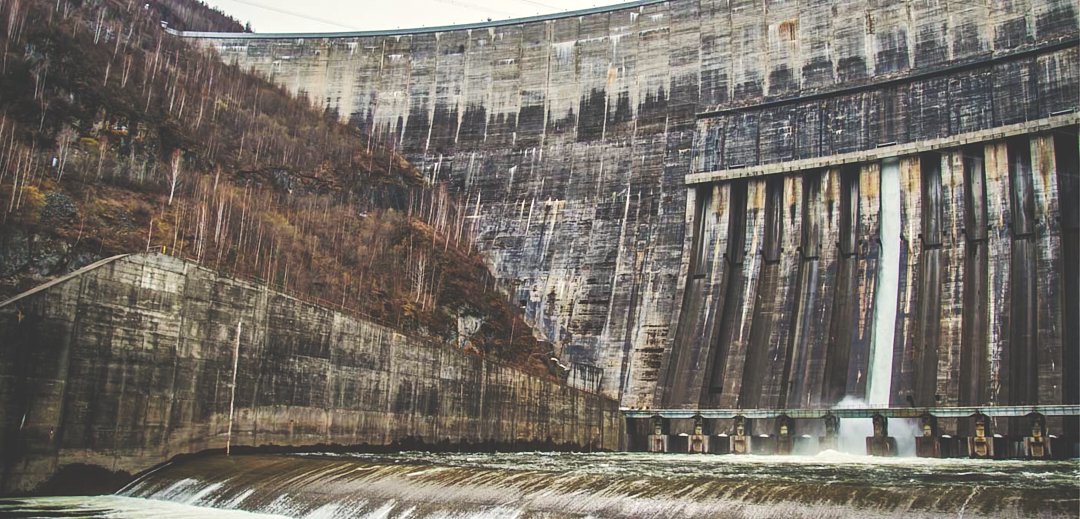#64 Dams
Free flowing rivers are essential for the health of river ecosystems. When rivers are dammed, fish and other species are rerouted from their normal migratory patterns – which is depleting numbers rapidly. Rivers support fish stocks that grant food security for hundreds of millions of people, deliver sediment that keeps deltas above rising seas, mitigate the impact of extreme floods and droughts and support biodiversity.
The Dam Truth:
Millions of people are reaping the benefits of dams. 15% of all electricity produced worldwide is from hydropower. Though hydropower is a renewable energy source, there are alternative methods such as solar, that reduce the impact on precious ecosystems. Rivers are literally the lifeblood of our planet. They carry water, food and a diverse array of minerals, sediments and life to other parts of the planet. Changes in temperature, chemical composition, dissolved oxygen levels and the physical properties of a reservoir are often not suitable to the aquatic plants and animals that evolved within the river system. We have to create a better balance between economic gain and environmental degradation. Take a look at these facts on dam life.
Dam Facts:
Only 37% of the world’s longest rivers remain free-flowing.
Nearly 60,000 large dams exist worldwide.
More than 3,700 dams are currently planned or under construction.
Climate change is a growing threat to river health worldwide – both from direct impacts and as countries increasingly turn to hydropower as a renewable energy option.
Populations of freshwater species experienced the most pronounced decline of all vertebrates over the past half-century, falling on average 83% since 1970.
The river marine life shows a 36% overall decline between 1970 and 2012.
Most reservoirs, especially those in the tropics, are significant contributors to greenhouse gas emissions causing 4% of human-caused GHG emissions.
Tens of millions of people depend on freshwater fish populations, many of which require certain natural conditions – such as seasonal flows and temperature changes – in order to breed and thrive.
How Can I Make An Impact ?
Action 1: Global Goodness
Reducing your energy consumption is critical. The more energy we consume, the more facilities have to be built to produce energy for us. This is by far the best way to make an impact on river degradation.
Promote alternative forms of power. Look into solar for your home, and spread the word with your friends and family about solar.
Action 2: Planet Protector
All of Action 1
Educate others on the impact of dams.
Promote community generated energy. When communities come together to control their own usage through solar and wind power, big energy businesses reduce the amount of new plants and dams.
Action 3: Earth Angel
All of Action 1 & 2
Lobby Congress. Let your voice be heard for the protection of our rivers and the diverse ecosystems they create.
Choose to be an Ambassador for Change, and always Spread Love and Spread Light.


